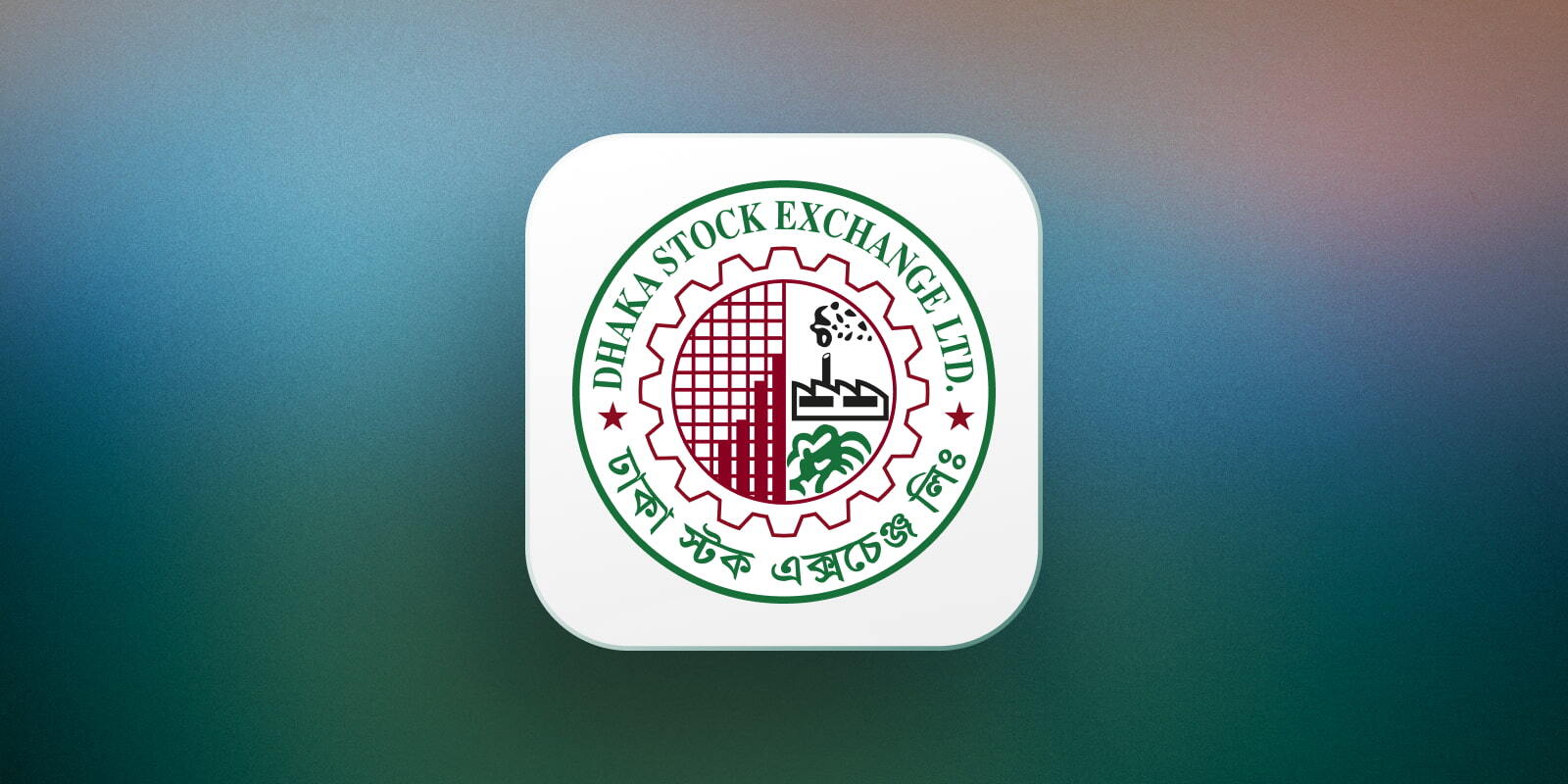DSE Momentum Strong for Fifth Session Amid Tax Cuts
Contemporary momentum of the Dhaka Stock Exchange (DSE) was kept strong for a successive fifth session due to enthusiastic investor involvement. They aimed at seizing the advantage of tax cuts applicable to the capital market in the fiscal year 2024-25. Yet, towards the end of the final trading hour, the market saw a slight retracement from its climb as a result of conservative investors selling assets to realize profits.
The tension between the National Board of Revenue (NBR) staff and the government also added to the nervous atmosphere, slightly affecting the resolve of investors nearing the day’s conclusion. The recognized DSEX index, representing the market performance, climbed 7 points to close the day at 4,840, indicating a positive shift in the trading landscape.
Contrastingly, the DS30 blue-chip index witnessed a marginal slide by 4 points settling at 1,817 while the DSE Shariah Index (DSES), following the upward trend, gained 2 points ending at 1,061. This variance showcases the complexity and diverse nature of the stock market movements.
In terms of trading volume, the DSE registered a surge of 3.13%, reaching Tk494 crore from Tk479 crore in the preceding session. From the total of 394 scrips traded, 186 saw an increase, 148 underwent a decrease, and the other 60 maintained their previous market positions.
One of the main drivers of this upward trend was Islami Bank Bangladesh. The bank provided a significant thrust to the stock market attraction, its shares registered a significant leap of 9.82% arriving at Tk36.90. It documented a turnover of Tk3.88 crore, substantially bolstering the lead index.
Other notable stocks contributing to the positive session encompassed British American Tobacco Bangladesh Company, Robi Axiata, Grameenphone, BSRM Steels, Dutch-Bangla Bank, Marico Bangladesh, Linde Bangladesh, Investment Corporation of Bangladesh, and Olympic Industries, indicating a diversely positive trading session.
Despite closing on the positive side, experts within the market harbor concerns for the continuation of this momentum due to latent economic uncertainties. The possible escalation in gas prices leading to an inflation in production costs and shrinking corporative revenue structure in the fiscal quarters to follow remains a cause for concern.
Among stocks that saw a surge were Islami Bank Bangladesh, HR Textile, Deshbandhu Polymer, Central Insurance Company, and DBH First Mutual Fund. The list of decliners, however, included Aman Cotton Fibrous, New Line Clothings, Yeakin Polymer, Western Marine Shipyard, and Samata Leather Complex Ltd.
The day showcased fluctuating stability as investors ventured on both selling and buying sides in the trading room, ending the market indices on a flat note. Despite reports of central bank support to struggling institutions and apparent improvement in macroeconomic condition somewhat enhancing investor spirits, the cautious ones decided to capitalise on current gains and observe from the sidelines till the fiscal year concludes.
Looking at sector-wise performance, the banking sector took the lead with the highest turnover of 16.9%, followed by the food and pharmaceutical sectors accounting for 15.1% and 12.5% respectively. This reflected a mixed performance across different sectors in the market.
In terms of sector-specific gains, experienced players such as mutual funds (1.7%), food (1.3%), and financial entities (1.3%) led the race. On the other hand, market corrections were more pronounced in sectors like jute (0.9%), life insurance (0.6%), and paper (0.5%), illustrating the dynamic and multi-disciplinary nature of market behaviours.
Meanwhile, the trading index of the Chittagong Stock Exchange (CSE) also landed in the green. The Selective Categories Index (CSCX) raked in a rise of 44.8 points while the All Share Price Index (CASPI), which represents the overall CSE market, noted an upward shift of 80.0 points.
The Dhaka Stock Exchange’s sustained momentum was indeed a highlight, evident from the investor interest to avail capital market-related tax benefits. Nevertheless, the final trading hour witnessed subtle see-saw movements due to profit booking actions by some investors.
While trembling relations between the government and NBR personnel cast a shadow, the market managed to stay afloat with the DSEX index showing upward mobility. Yet market insiders remained cautious, pointing to broader economic uncertainties and the potential impact of increased gas prices on production.
These elements create a colourful picture of the trading landscape on the DSE. While it ended its fifth session in green, there was a certain air of cautious optimism. An enthusiastic opening and mid-session were cooled by the prudent selling towards the end, signalling that investors are keeping a close eye on the pulse of the economy.

